25+ Sample Research Action Plan
-

Research Action Plan Template
download now -

Strategic Research Action Plan
download now -
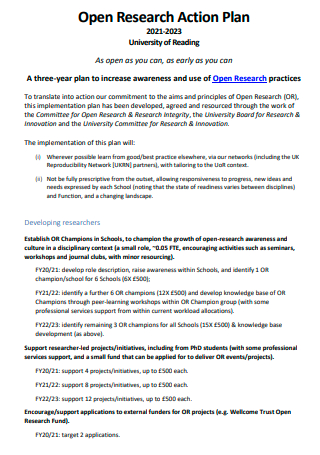
Open Research Action Plan
download now -
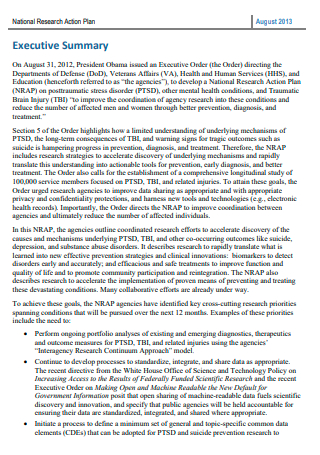
National Research Action Plan
download now -
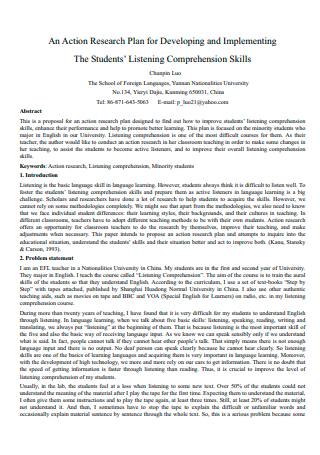
Developing and Implementing Research Action Plan
download now -
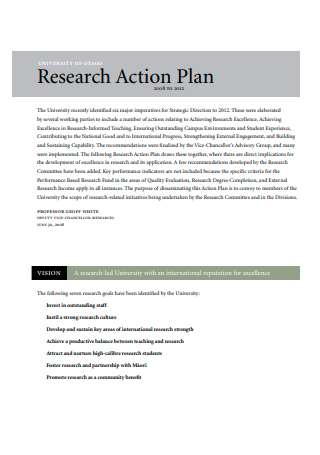
Research Action Plan Example
download now -
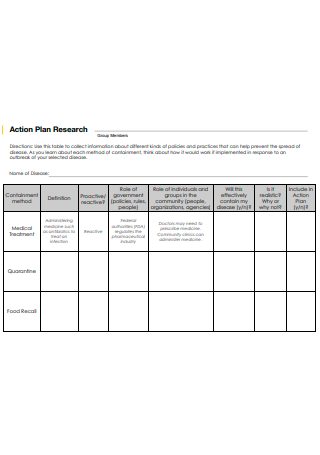
Basic Research Action Plan
download now -
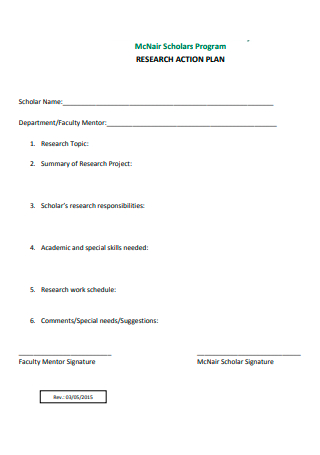
Scholars Program Research Action Plan
download now -
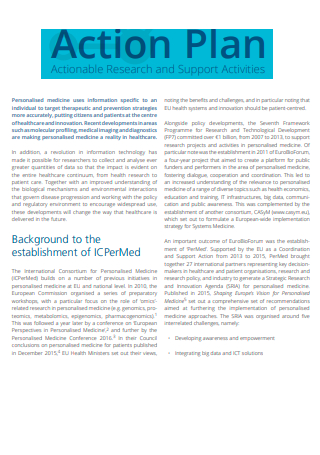
Research and Support Activities Action Plan
download now -
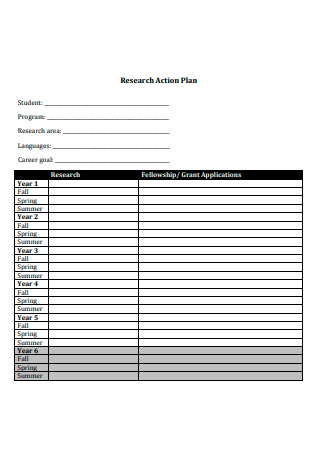
Sample Research Action Plan
download now -
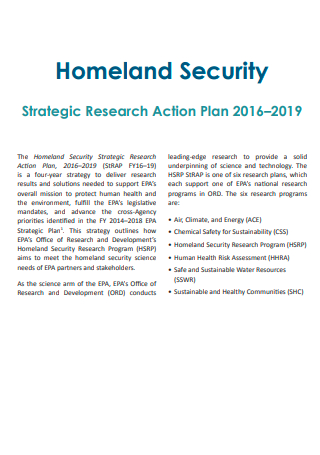
Security Strategic Research Action Plan
download now -

HR Excellence in Research Action Plan
download now -
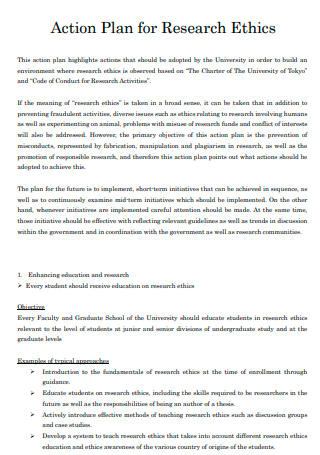
Research Ethics Action Plan
download now -

Gender Research Action Plan
download now -
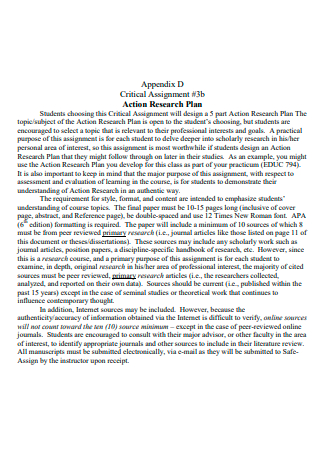
Critical Assignment Research Action Plan
download now -
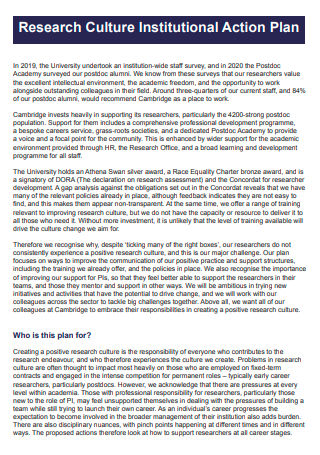
Research Culture Institutional Action Plan
download now -
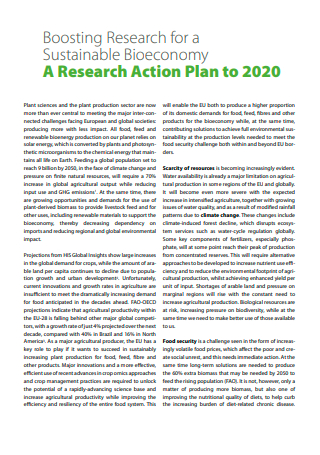
Sustainable Bio-Economy Research Action Plan
download now -

Checklist For An Open Research Action Plan
download now -
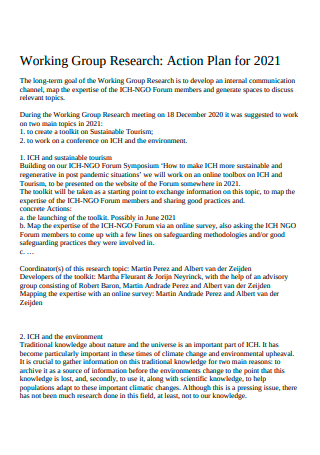
Working Group Research Action Plan
download now -
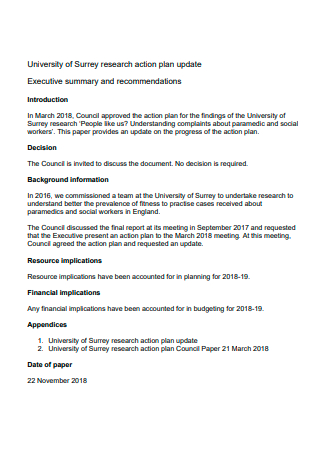
University Research Action Plan
download now -
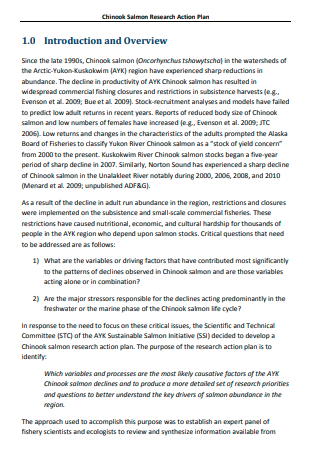
Research Action Plan in PDF
download now -
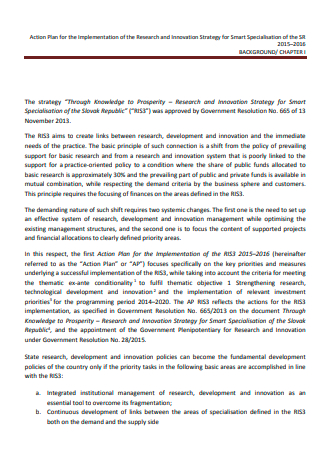
Research and Innovation Strategy Action Plan For Implementation
download now -
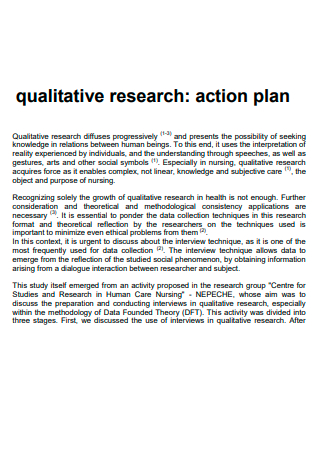
Qualitative Research Action Plan
download now -
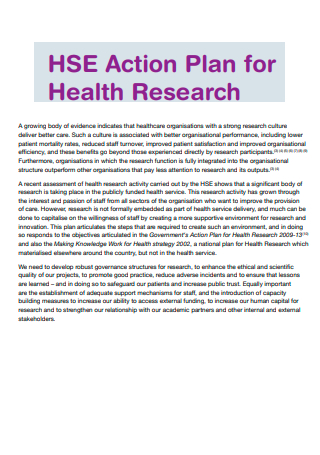
Health Research Action Plan
download now -
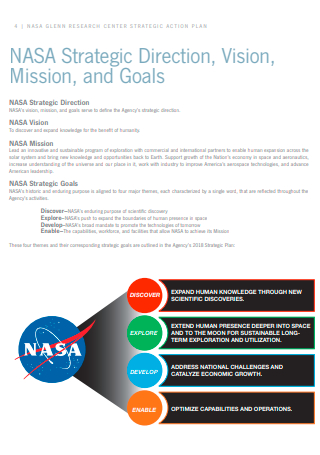
Research Center Strategic Action Plan
download now -
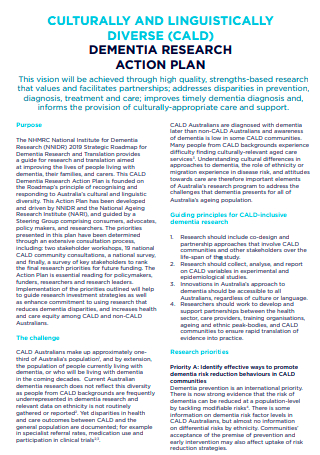
Printable Research Action Plan
download now
FREE Research Action Plan s to Download
25+ Sample Research Action Plan
What Is a Research Action Plan?
What Are the Different Types of Research Designs?
Elements of a Research Action Plan
Steps in Writing a Research Action Plan
FAQs
Are research proposal action plans beneficial?
What makes up a research action plan?
What are some research methods?
What Is a Research Action Plan?
Generally, a research action plan is a concise and effective document that is used to obtain approval for a thesis or to obtain approval for a dissertation proposal. A logical approach is used to illustrate valuable interpretations of fresh ideas and concepts on a particular research endeavor. As a strategic planning tool, it is intended to guide key professionals involved in a business or organization through the process of methodical planning in order to achieve future development and achievement of goals. Additionally, it is critical to include it into one’s overall research and development strategy.
Other templates are available on our website, and you can use them whenever you need them. They are as follows: strategy action plan, bid proposal, security bid proposal, customer service action plan, service action plan, club strategic plan, corrective action plan, quality control agreement, customer invoice, staffing management plan, and other similar templates are available. This post will not only provide you with templates but will also provide you with important information that you need to know in order to complete your template.
What Are the Different Types of Research Designs?
It is all about making critical judgments when it comes to research design. Students and professionals who want to make meaningful decisions concerning study design must be aware of both the possibilities available to them and the criteria by which they should evaluate those options. Effective research design considers both the reasons for conducting the research and the methods used to conduct it. To make informed decisions regarding research design, you must consider both the aims of your research and the processes you will employ to achieve those purposes while making decisions about research design. Furthermore, you should have a thorough understanding of the many sorts of research designs that you will employ in your research and development endeavors. The following are the several types of study designs that we will discuss with you in detail:
1. Descriptive Research Design
A book on quantitative research in music education, Design and Analysis for Quantitative Research in Music Education, states that the major tasks that music education researchers must perform are observation, description, and evaluation. When it comes to the field of music, there is a great deal of variety and complexity in the music teaching and learning sector. In the simplest terms, descriptive research is the systematic collection of information for the purpose of observing and documenting variation in particular events in their natural environment. This is at its core what could be referred to as systematic information gathering. In order to be able to theorize about a phenomenon of interest, it is necessary to have a clear enough grasp of it. The significance and utility of a descriptive study are derived from this requirement. It is only via the preservation of such information and understanding that better theoretical premises, operational definitions, research questions, and hypotheses may be developed. The most common application of the descriptive research design is to investigate what is, what existing, and/or the current status of a particular topic of interest. A common inductive motivation for descriptive studies is to build up a knowledge base that can be used to inform theory development, identify possible relationships between variables to investigate attitudes, beliefs, and behaviors, as well as demographic characteristics, and/or generate experimental hypotheses that can be tested in the future. Descriptive studies are often used to gather information for theory development, identify possible relationships between variables to explore attitudes, beliefs, and behaviors, and/or generate experimental hypotheses that can be tested in the future. You should also see our research proposal action plan.
2. Correlational Research Design
In research design, the correlational research design, also known as observational or nonexperimental research design, is a type of research design in which the researcher does not intervene or use experimental control methods such as elimination, manipulation, inclusion, group or condition assignment, among other things. This research design and approach, according to the Applied Guide to Research Designs, is used by several investigators and researchers when they are interested in measuring the degree of association, such as the relationship between variables, or when they are interested in predicting some outcome according to the predictor variables. The sole sort of control that can be utilized in a correlational research design is statistical methods and techniques, and they are the only ones that are effective. Researchers can determine the strength, amount, and direction of a link between variables, as well as anticipate the influence one variable will have on another by using statistical methods. They can also apply analysis to observational data by comparing the mean differences of different groups. Several researchers prefer to use the term explanation rather than prediction when describing their findings. For example, if a phenomenon can be explained, it can also be predicted; nevertheless, a forecast does not imply that an explanation is possible. The findings of this form of research design, based on observational data, can frequently provide a compelling argument for drawing causal inferences from the data. Scientists, on the other hand, should use caution when constructing causal inferences based on observational evidence. As a result, the sample size and correlational inference are critical considerations in the correlational research design. You should also see our academic program proposal.
3. The Design of Experimental Research
Over the last two decades, the importance of experimentation has progressively increased within the field of design study. A 2015 survey found that only 2 percent of papers in design studies dealt with experiments, compared to a 2014 report that revealed 24 percent of papers in design studies dealt with experiments. As a result, experimental research design in all of its guises is becoming widely acknowledged as a potent tool for doing design study. While this is true, it also creates greater expectations in terms of how and where experimental approaches can be carried out, as well as methodological rigor and the development of new scientific knowledge Experimentation is closely linked to technological development in experimental research design, and the development of experimentation is inextricably bound up with the development of technology development. Experimental techniques developed on the basis of technologies and technical insights while simultaneously contributing to technological innovation and technical knowledge are referred to as “experimental methods.” As a result, there are several parallels between the realization of experimental processes and the technical development processes that are frequently the focal point of research design. These skills are particularly important in the social and human sciences, particularly in fields like economics and sociology, as well as medicine and psychology, where experimental operations contribute significantly to the overall scientific endeavor.
4. Design of Diagnostic Research Study
Diagnostic research design is a type of research design that is used when one feature of the study exists and has led to the discovery of another aspect. It is particularly useful when looking for associations or when trying to come up with findings that build relationships. Research findings in supermarket shopping, a study of setting associations about people who prefer to buy butter along with bread or even associations about people who prefer to buy eggs along with milk, a study involving mining associations, and a variety of other examples are all examples of association. The importance of meticulously working on this form of study design cannot be overstated, since it is vital to collect data samples that are appropriate for or belong to the category of connection that the researchers are attempting to investigate. As a result, the study design must be flexible enough to allow and implement modifications depending on the type of research. In diagnostic research design, the sample design should be created in such a way that the data set required for the study may be obtained with precision. A diverse group of researchers would be interested in employing a variety of sampling approaches, including cross-fold, random, and any other techniques that are available.
5. Research Design with Explanatory Elements
Are you looking into why the vast majority of students are so interested in getting an accounting degree despite the fact that there are numerous alternative options available? This type of study strategy is used to evaluate the “Why” questions that are posed. The technique in which data is collected is altered as a result of the question that was asked. When developing the research design, it is important to remember to include extensive or detailed data collecting for the problem at hand. In order to answer the question of why researchers must first get a thorough grasp of causal linkages. Additionally, it is critical to determine the interactions and consequences of one attribute on another that is being studied.
Elements of a Research Action Plan
Throughout this section, you will learn how to write a well-written and structured research proposal action plan from scratch. A research action plan, on the other hand, is made up of a variety of different components. Include the following elements in your writing if you want to produce a professional-looking piece of work:
Steps in Writing a Research Action Plan
A research Action Plan should include the most important information about the well-rounded parts of your company enterprise, institution, or organization, as well as the most important information about your research project. Check to see that your research proposal action plan is divided into sections and that you have done so. An action plan should be planned and systematic in order to achieve the strategic planning goals and objectives, as well as the expected outcomes and results that will be achieved. The following are some simple guidelines for creating a clear and structured research action plan that is easy to follow:
-
Step 1: Clearly Define Your Objectives and Goals for the Organization.
What are your conclusive findings from your research? What are your goals and objectives? Consider what you hope to accomplish with your research or action research projects and how you will go about getting there. Also, be aware of and prepare for any changes, as well as maintain an optimistic outlook, in order to increase the likelihood of a successful implementation of the strategy. Make a clear distinction between the areas that need improvement and the areas that do not. Create a reasonable set of desired goals and strategic objectives. You should also see our executive summary proposal.
-
Step 2: Methods and Procedures for the Action Research Plan
The second step is to create a list of the critical steps, such as the methodologies and procedures, that will be used in your research proposal action plan. The elements should be easy to understand and follow since they should display clarity. Make certain that the key procedures for carrying out the action plan are included, and that they are outlined in a logical manner. In this manner, you will be able to complete your overall action plan for your research task successfully. You should also see our Data Sharing Agreement.
-
Step 3: Include a Review of the Literature
Following the definition of your research goals and objectives, as well as the description of the action research plan methods and procedures, include a review of the books, scholarly articles, and other academic sources that you used in carrying out the action research plan for your research action plan.
-
Step 4: Create an Evaluation and Conclude
During the action research planning process, it is necessary to write a thorough evaluation. As a result, pay close attention to what is working and what is not working. Establish a procedure for evaluating and evaluating successes, problems, and growth possibilities that is efficient and effective. Then, with a straightforward conclusion, bring your research action plan to a close.
-
Step 5: Proofread and Finalize the Overall Strategy Plan
Examine the entirety of your study proposal. Plan your action strategy and make certain that you adequately communicate all of the key elements in your action strategy. It should demonstrate the relationship between the action research goals, objectives, resources, strategies, and methods, activities employed to achieve the goals, and the evaluation of the persons who participated in the action research plan. If you discover that you have overlooked any sections that require further information, it is critical that you modify and revise the text as quickly as feasible.
In order to properly carry out the research work, you need to prepare a compelling proposal as it serves as the action plan to execute your work. Therefore, writing a clear and systematic research proposal action plan will guide you and many other professionals in promoting better development and growth while realizing the vision and success in the research and development field.
FAQs
Are research proposal action plans beneficial?
A research proposal action plan can help foster critical thinking, logical analysis, and reflection, clarify research aims and strategic planning objectives, provide ownership and accountability, and determine success measurements.
What makes up a research action plan?
A research Action Plan should have an abstract, introduction, problem statement, research questions, literature review, research plan, conclusion, and references.
What are some research methods?
Examples of research designs include descriptive, correlational, experimental, diagnostic, explanatory, exploratory, and hypotheses-based.
We learned about the various sorts of research designs in this post, and how specific the action plan in the study proposal is will vary depending on the research style. The most critical component of the overall process is developing a highly organized research action plan that serves as the foundation for the remainder of the research process. You can use the recommendations in this article to aid you in constructing a research action plan.
